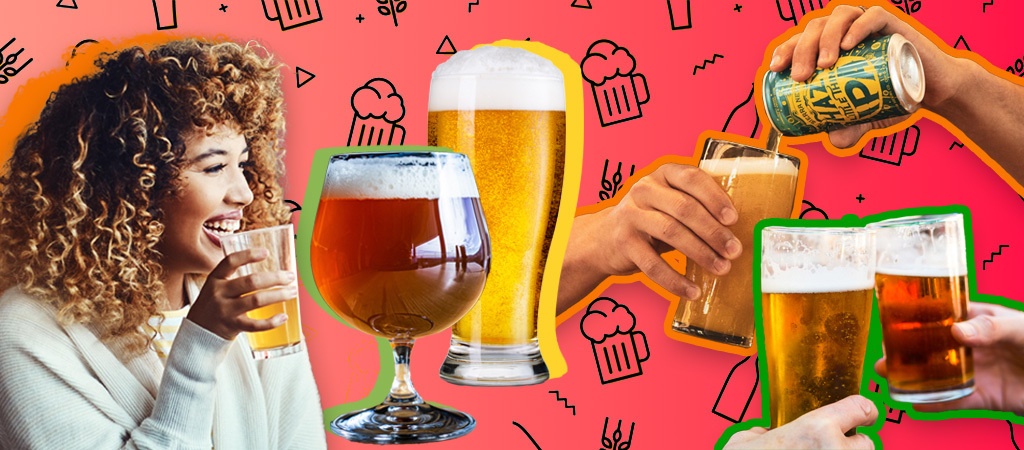
There’s no disputing the appeal of the IPA. While it might not technically be the most popular beer in the world (that honor belongs to the pale lager — the domain which most of the nation’s most popular beers fall under), it’s arguably the most visible style, especially in the US. But what makes it different from other beers? At a base level, the IPA is simply a pale ale that has had its hops ramped up. But there’s so much more to it than that.
Compared to a classic American pale ale, your average IPA has more hop aroma and flavor, higher alcohol content, and higher IBUs (international bittering units), in general. But depending on the version of IPA (New England-style, West Coast, or others), the hop bitterness, ABV and IBUs can vary wildly. Why is this and what really sets this style apart from lagers, wheat beers, sour ales, stouts, and other styles?
Keep reading as we take a deep dive into the IPA.
The Myth of the Overly Bitter IPA
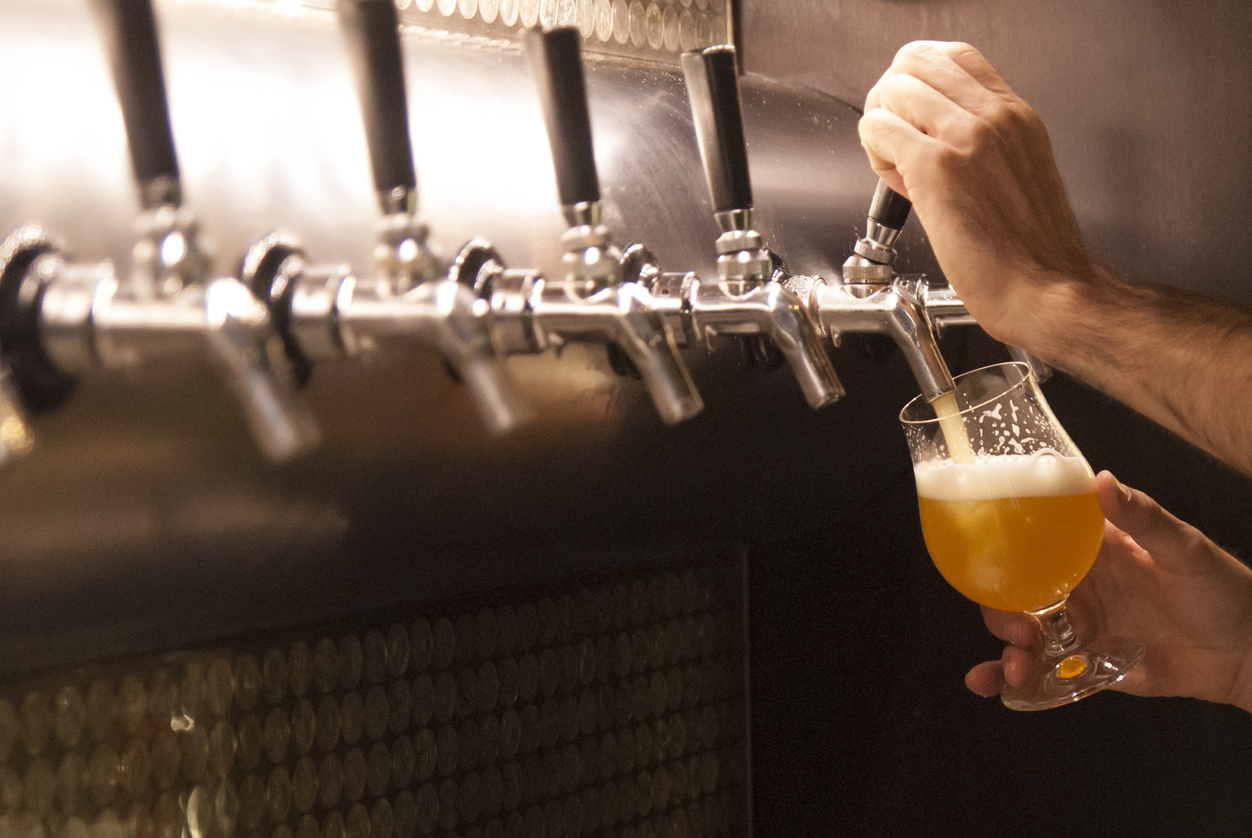
If you’re just a casual beer drinker, you might have one of two reactions when you hear the word “IPA.” Either it’s happiness that you’re about to indulge in a hoppy, flavorful beer or annoyance, as you assume all IPAs are uncomfortably bitter. But this is definitely not the case. While some IPAs are bitter, some are only slightly bitter, some have more hop aroma than flavor, and others (in the case of many hazy IPAs) have little to no bitterness at all.
The IPA family is much more than the sometimes aggressively bitter West Coast IPA.
What is an IPA?
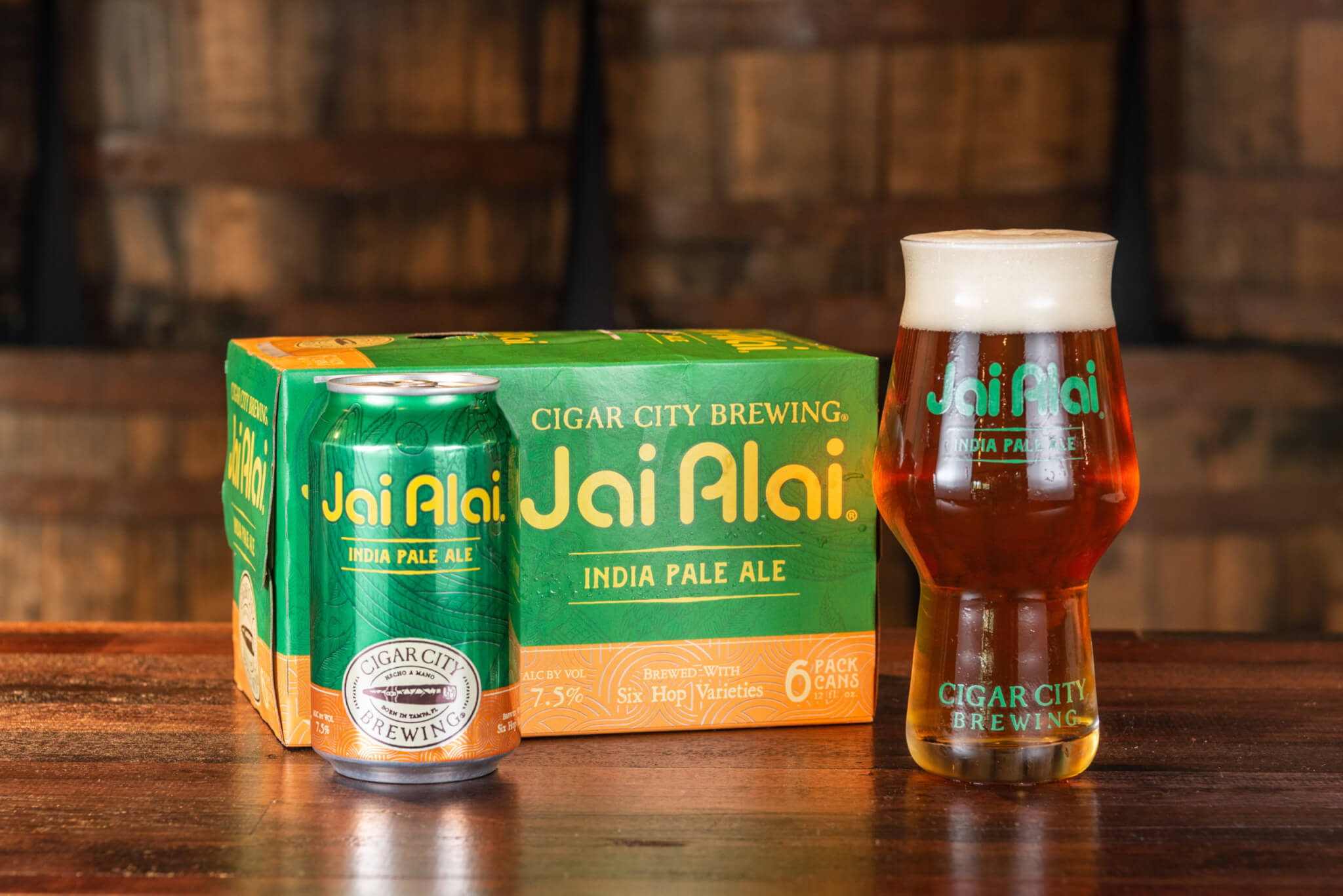
As we mentioned earlier, the simplest way to define an IPA is that it’s a pale ale with more hops. That’s the easiest explanation. Unlike some spirits and even some other beer styles, there are no specific rules about what differentiates a pale ale from an IPA. It’s really up to whoever is brewing it to decide. Sometimes it’s a simple judgement call.
The differences are easily observed when you get into higher ABV, high IBU, more heavily-hopped, dry-hopped, and hazy IPAs. If your beer fits this criterion, it’s pretty difficult to still call it a pale ale as opposed to an IPA. But the IPA style runs the gamut from non-alcoholic and session-able IPAs up to double and triple IPAs with 12 to 13% ABV and beyond.
Okay, but… what is a Pale Ale?
If you want to truly “get” what an IPA is, you have to first learn the definition of a pale ale. When the beer was first created back in the 1700s, a “pale ale” was a term used to describe a light-colored, top-fermented beer. That definition has evolved over the centuries. Today, the term is used both for English pale ales, English bitters, and the hoppier American pale ale style made famous by Sierra Nevada when it first released its now iconic pale ale back in 1980.
That beer directly helped spark the hop-driven IPA era that so many Cali breweries are known for.
What is the IPA’s History?
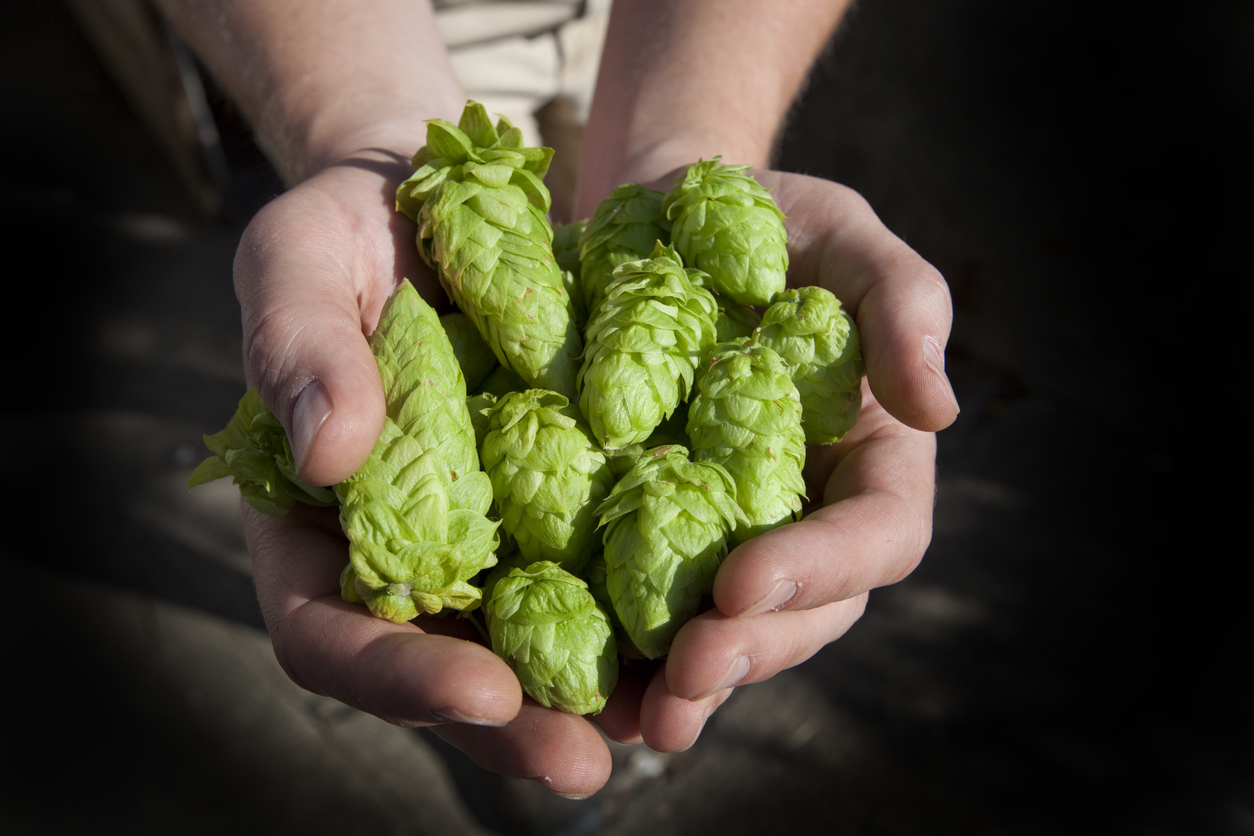
IPA stands for India Pale Ale. Perhaps you’ve never really thought about what the name means. But the “India” portion of the name literally comes from India. In the 1700s, as Great Britain was colonizing India, the soldiers wanted fresh beer to drink. It was much too hot to brew in India. They tried to send porter to the colonies, but it didn’t last the six months at sea it took to get there.
George Hodgson from Bow Brewery in London came up with the idea of adding extra hops to a beer called October Ale in an effort to keep it fresh. Not only did it stay fresh for the whole trip, but the soldiers enjoyed the flavor, and even though many changes were made over the years, the IPA as we know it was born.
How is an IPA Made?
As with any beer, IPAs begin with malting, milling, and mashing of grain. This is all before the hops are added during the kettle boil portion of the process. The hops and malts are brewed together to create the aroma and flavor IPA drinkers enjoy. Many brewers also dry-hop their beers. This is when they add hops later in the brewing process. This can be either in the fermentation or conditioning processes.
What Are The Common Types of IPAs?
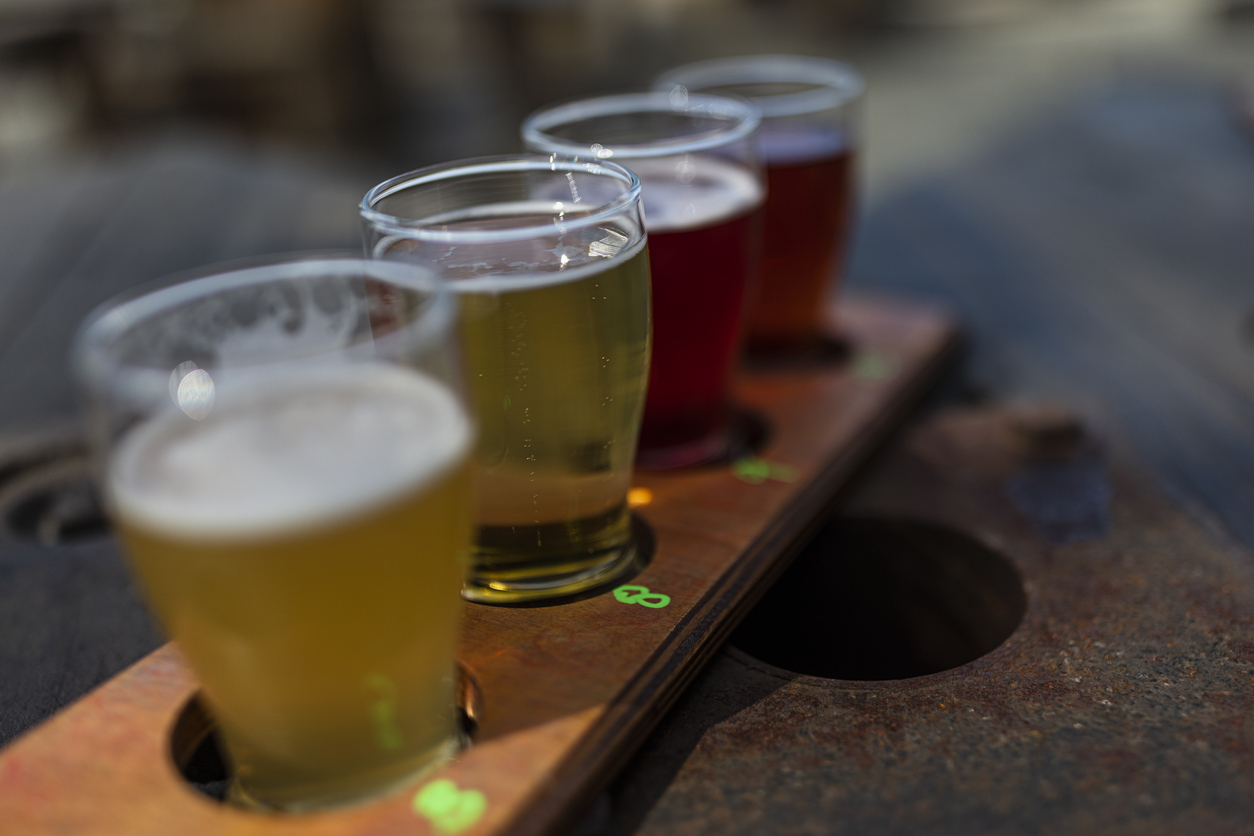
West Coast IPA
Probably the most well-known IPA variety, the West Coast IPA is known for its over-the-top hop aroma and flavor. It’s known for its citrus and pine-centric flavor profile and sometimes aggressively bitter hop flavor due to a larger number of hops added during the kettle boil.
Check out our favorite West Coast IPAs here.
New England-style IPA
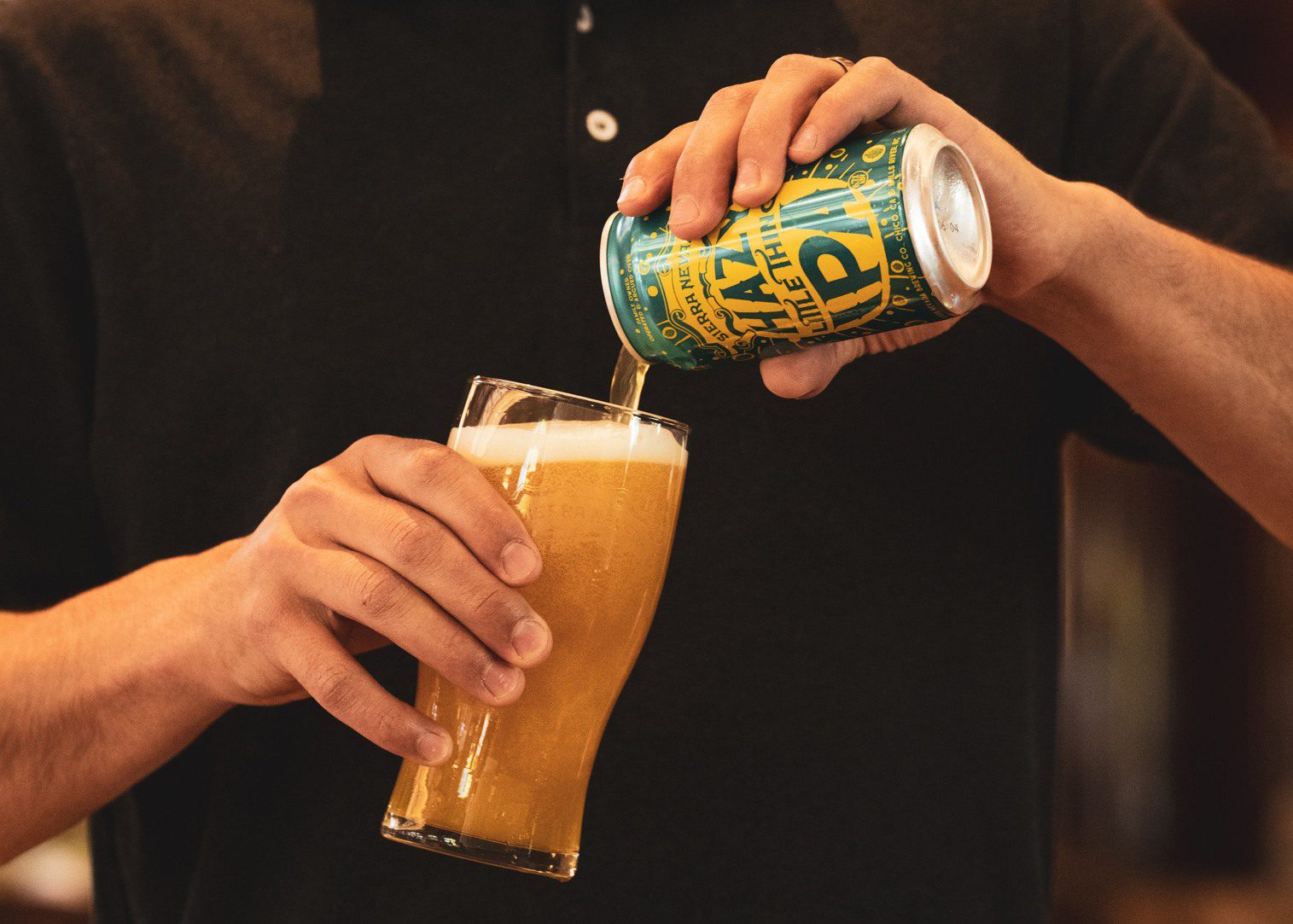
First created in 2004 at Vermont’s The Alchemist by brew John Kimmich when he created the now iconic Heady Topper, the New England-style IPA is known for its hazy appearance and juicy, tropical fruit and citrus flavor with little to no hop bitterness depending on the beer.
Check out our favorite NEIPAs here.
Session IPA
The term “session” is used to describe any beer under 5% ABV. It’s a reference to a beer that’s lower in alcohol content so you can enjoy a few in a drinking session. The session IPA is simply a lower ABV IPA between 4 and 5% ABV.
See our favorite session IPAs here.
Imperial IPA
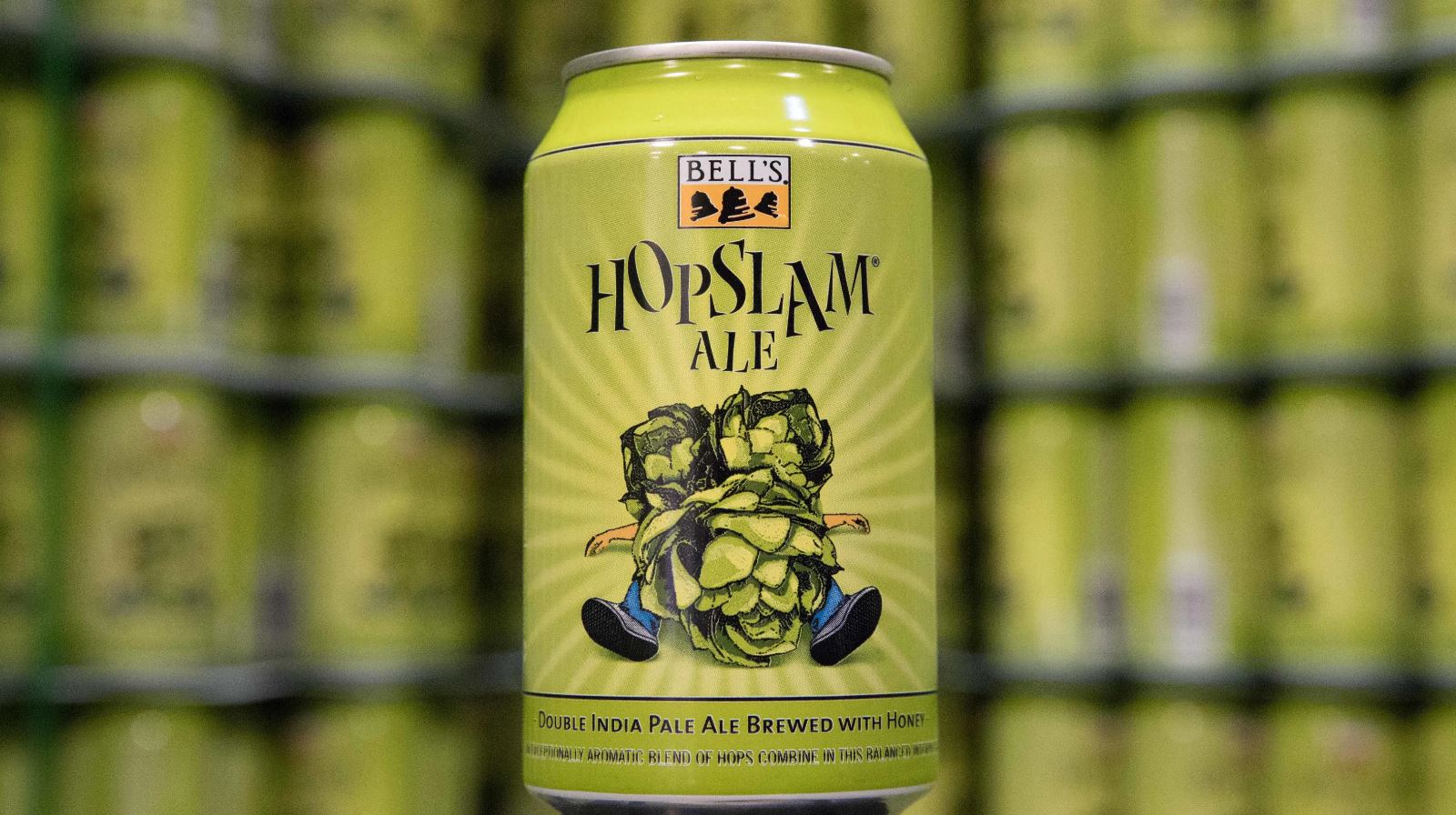
You might be confused about the difference between an imperial IPA and a double IPA. We’re here to tell you not to worry because they’re interchangeable. Compared to a regular IPA, they usually have more malt and hop aromas and flavor and are higher in ABV (around 8-9% AB). They’re usually a little more bitter than regular IPAs, too.
See our favorite Imperial IPAs here.
Triple IPA
The Triple IPA takes everything one step further. More malts, more hops, and an even higher ABV (9.5% and up). The flavors are so intense, they almost feel heavier than their lesser ABV counterparts. As these IPAs ramp up, the bitterness usually does as well.
Our ranking of the best hop bombs is here.
Bottom Line:
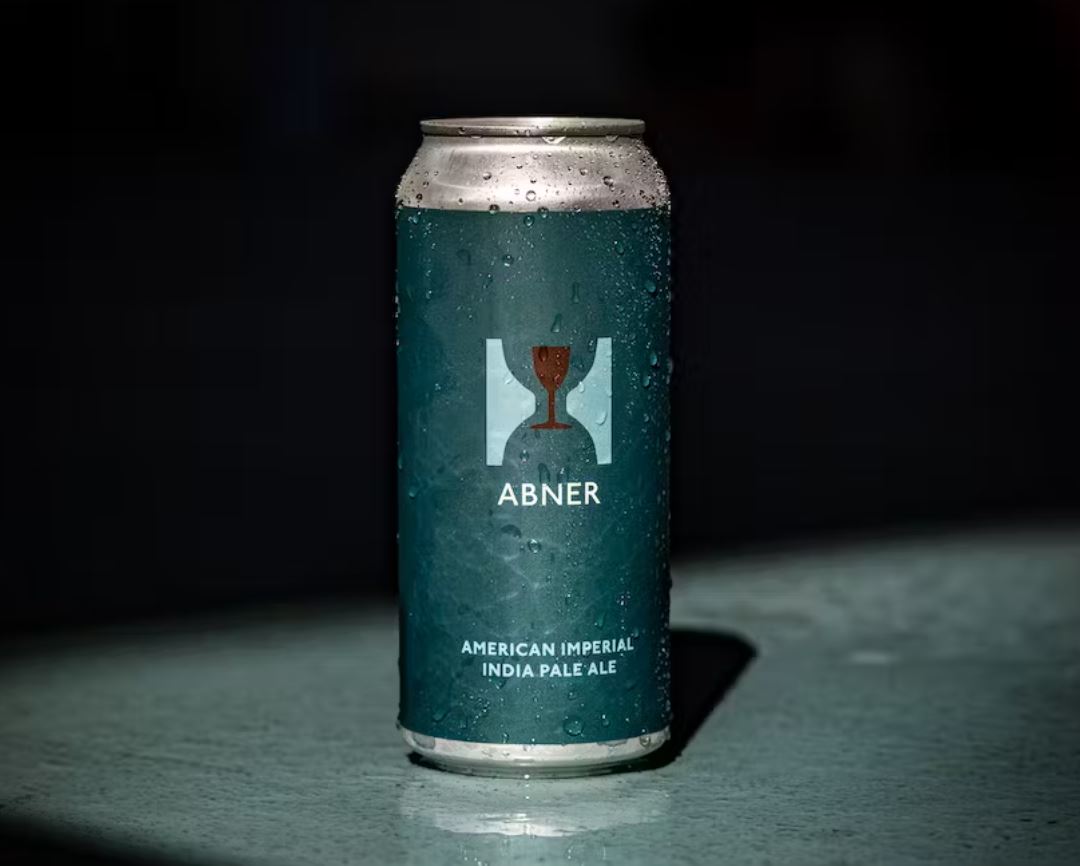
When it comes to differentiating IPAs from other brews, it’s all about the hops. While it’s obviously more complicated (as you’ve seen above), the simplest way to explain what makes an IPA different from other beers is the number of hops added during the kettle boil. This creates beers that are aromatic and flavorful and sometimes (but not always) end with a bitter (sometimes aggressively so) flourish.
Ultimately, while brewing is a science, it’s also an art — meaning that even in the definitions of terms and which beers get what designation, there’s going to be some judgement calls getting made.
